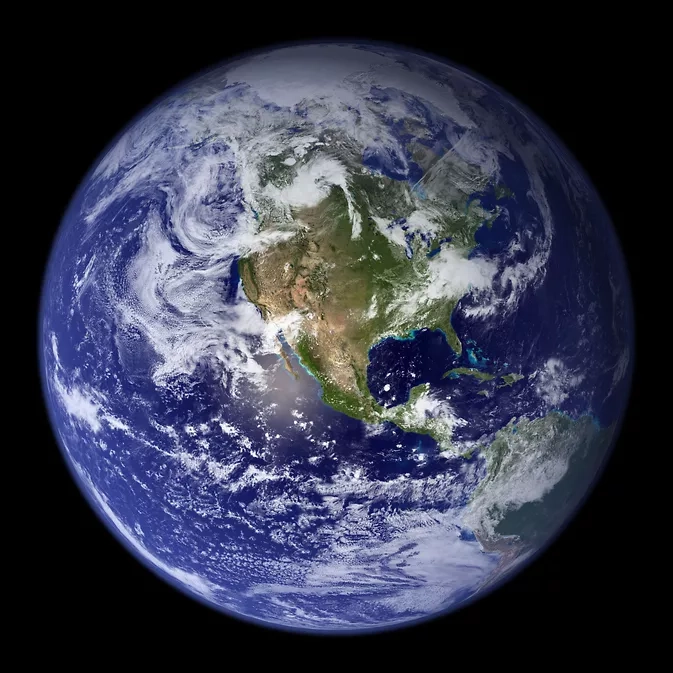The NASA Disasters program fosters a more disaster-resilient world by teaming up with like-minded organizations, such as the Group on Earth Observations (GEO), to share resources and raise awareness for disaster risk reduction tools. GEO is a collaboration among national governments, scientists, data providers, and other organizations to use Earth Observations to solve global challenges. One major challenge that communities worldwide face is disaster risk for natural hazards such as hurricanes and earthquakes.
The GEO Disaster Risk Reduction Working Group (DRR-WG) – co-chaired by NASA, Agriculture and Agri-Food Canada, and DEAR (Development Education and Advocacy Resource) Africa – is working to reduce disaster risk with the creation of their Earth Observations (EO) Risk Toolkit. The Toolkit is being developed with the United Nations Office for Disaster Risk Reduction (UNDRR) flagship initiative Global Risk Assessment Framework (GRAF) and Esri.
The EO Risk Toolkit will help pilot countries, primarily Least Developed Countries (LDCs), Small Island Developing States (SIDS), and some vulnerable middle-income countries, develop a more comprehensive understanding of the risks that come with natural hazards and climate change.
Click here to read more about how the EO Risk Toolkit is bringing risk reduction tools to DRR users.




